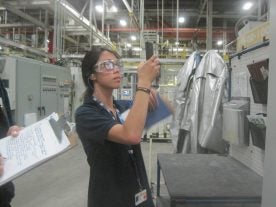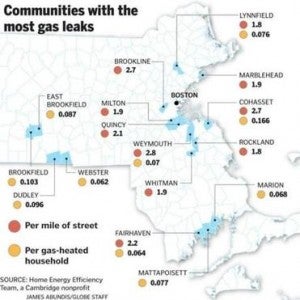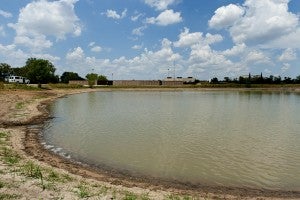By: Rory Christian and Jacob Robinson
 The seventh annual Climate Week NYC has kicked off, and it’s invigorating to reflect on the progress to date since last September when over 400,000 activists demanded bold climate action at the People’s Climate March. During the last year, Environmental Defense Fund (EDF) has continued to observe and nourish the growing appetite among America’s business community to move together on carbon reduction. This movement should not be understated, especially as New York regulators continue to move forward with the “Reforming the Energy Vision” (REV) proceeding.
The seventh annual Climate Week NYC has kicked off, and it’s invigorating to reflect on the progress to date since last September when over 400,000 activists demanded bold climate action at the People’s Climate March. During the last year, Environmental Defense Fund (EDF) has continued to observe and nourish the growing appetite among America’s business community to move together on carbon reduction. This movement should not be understated, especially as New York regulators continue to move forward with the “Reforming the Energy Vision” (REV) proceeding.
Outlined in a set of regulatory proceedings, in which EDF has been deeply embedded, this vision for a cleaner, more affordable energy future has the potential to spur innovation, modernize the electric grid, and transform the century-old electricity system as we know it. If done right, REV will prepare New York for a future in which clean distributed energy resources (DERs) – such as microgrids, rooftop solar, battery storage, energy efficiency, and other on-site energy options – will play an increasingly important role in how the state makes, moves, interacts with, and uses energy.
While it’s important that governments craft the clean energy rulebooks, leadership can and should also come from industry, as EDF’s Tom Murray urged earlier this year. Organizations across sectors are already paving the road for strong regulatory reform that values clean DERs and customer engagement. EDF’s own Climate Corps program is proof of this. But what New York’s business leaders really want is regulatory certainty that the clean energy investments they’re making now – or at least considering –will pay off once NY REV is implemented. Read More














